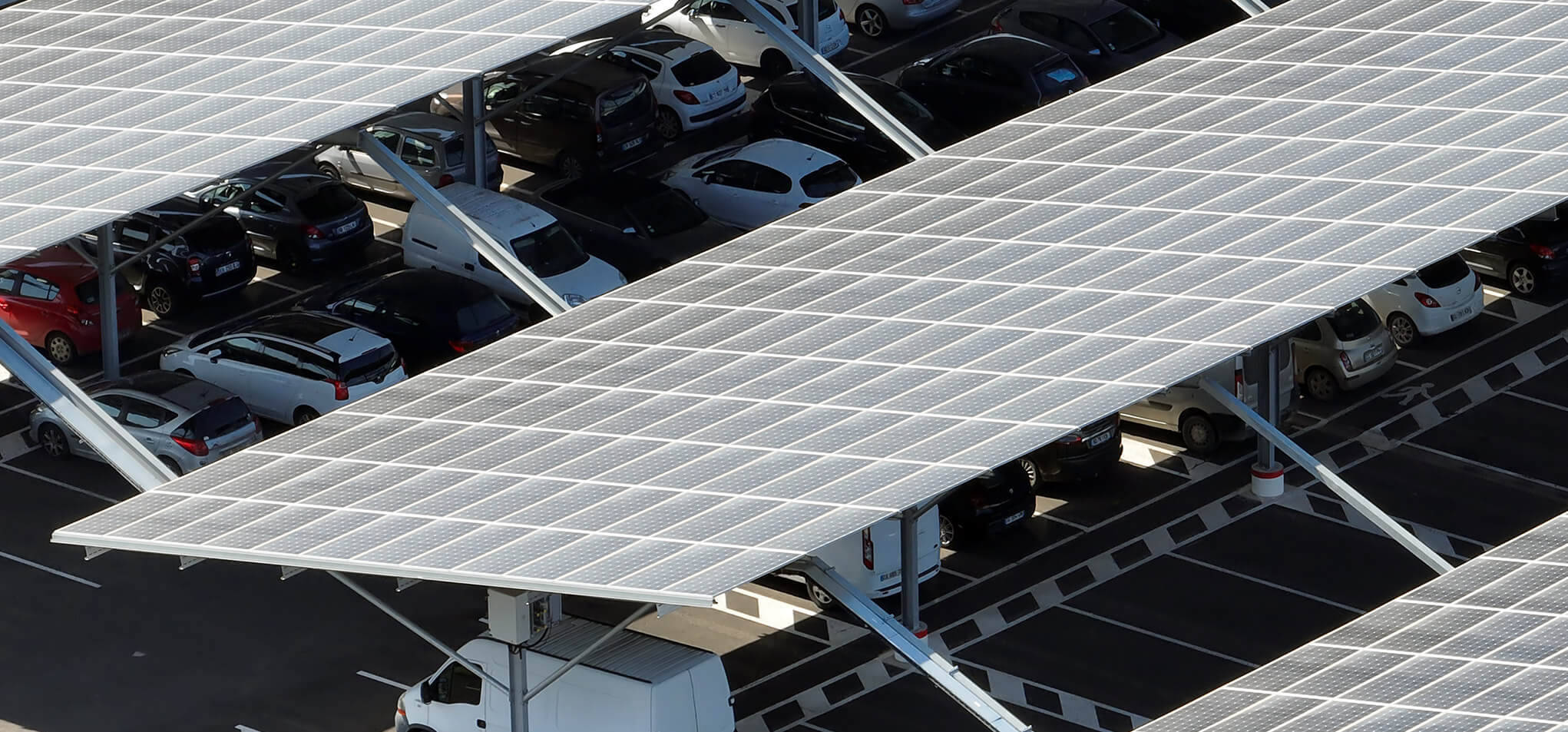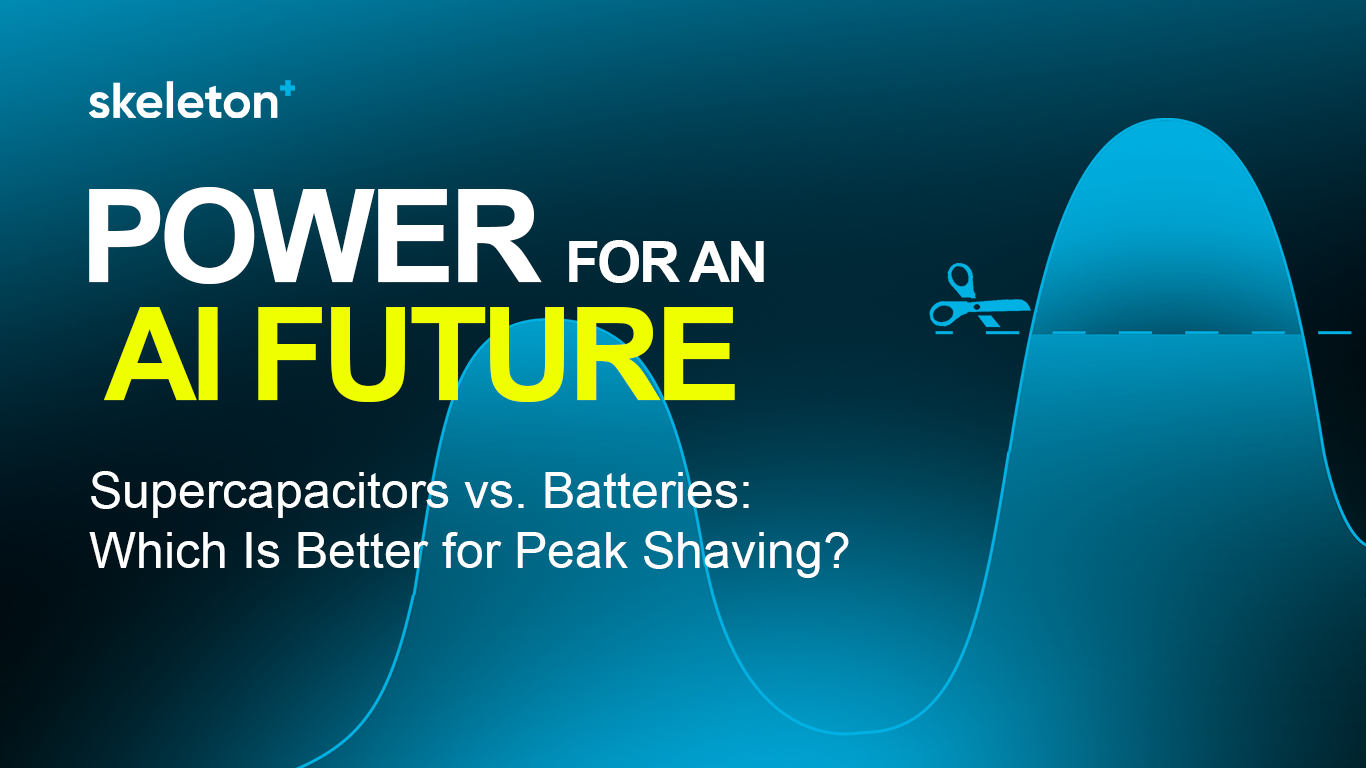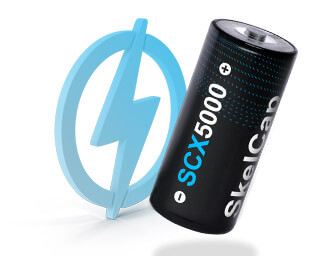
How Can We Ensure Batteries Don't Get Recycled Too Early?

Range anxiety is perceived as the biggest issue for people who do not own an EV (Electric Vehicle), but during the practical use of an EV, this is managed using range prediction estimators.
Most trips are well within the range of the vehicle. Commuting to work, regular shopping trips, social visits, these activities never usually reach even half of the range available on a mainstream EV. The big challenge on an EV is if you go for a car trip spanning several countries.
The onboard computer and satnav system can plot routes, times, most efficient average speed and recharge stops along to way to ensure that the dreaded "0%" does not happen.
![]()
It is always best to factor for adverse conditions such as cold temperatures and adverse wind, and there is already a lot of online resource such as forums and websites dedicated to the issue.
But lurking behind, the EV owner has another anxiety more difficult to manage. It often talked about in EV owners' forums. It is the lifetime anxiety.
What is the lifetime anxiety?
The EV battery has a limited number of cycles (charge – discharge) that it goes through during its lifetime. Typically, this is of the order of a few thousand – maybe a bit more - maybe a bit less. This depends on the load inflicted on the battery during its operation and at what temperature it is allowed to run at.
Why is it so difficult to manage?
Contrary to managing the EV range which is well taken care of by the car's software and depending on driving style and surrounding conditions (temperature, topology, weather, ambient light…). The range is estimated and refined as the charge goes down and the driven distance increases.
Concerning lifetime, there is no software provided with the EV that optimizes the charging at this time.
![]()
The amount of cycles varies from several factors and this is not always explained to the EV owner upon purchasing the car, so they generally must study and find this out themselves.
Recently Tesla has given advice that the battery should almost never be fully discharged, that it should only be fully charged maybe 3 or 4 times a year, that it is best to use the battery between the levels of 80% and 20%. This is because when the battery is fully discharged, some chemical connections become frozen.
Also to get fully charged, a battery needs to go through a saturation cycle, which is also not beneficial to its lifetime. A gentle recharge overnight is best as a lower charge rate is preferred over a high charge rate (for fast charging).
The battery chemistry limits the speed at which the electrons move and the higher the current flow, the more heat is generated through the battery which harms lifetime.
It is the same for the discharge rate, and in order to keep this to a manageable level without creating too much heat, the manufacturers generally oversize the battery pack and include heat dissipation systems such as liquid cooling.
![]()
Apart from adding weight, this oversizing brings another problem to the fore. The raw material supply for batteries is a hot topic.
With the price volatility of raw materials such as lithium, nickel, copper, and cobalt, the risks are high and getting higher. The cost of batteries has been tapered down thanks to high volumes and a streamlined production that includes heavy automation and reliable processes.
However, cobalt is touted as the "new oil" not for its energy characteristics, but more for its propensity to fly high and low in terms of price per ton.
Cobalt comes mainly from the Democratic Republic of Congo, a country that has been plagued by complex political conditions for decades. Ensuring a safe and continuous production of cobalt is difficult, unless battery recycling becomes the norm.
Recently, Chinese mining conglomerate China Molybdenum acquired the Tenke mine in Congo. This implies China now outputs 62% of the world's refined cobalt production. Except for china, this can also drive the volatility upwards. So, if it is possible to use less of these raw materials, then this is a good thing.
Is it possible? - Certainly!
Simulated configurations show that adding ultracapacitors to a LEAF can increase its range by 8%, but not only that, the battery pack's lifetime will increase by up to 40%.
Ultracapacitors are not limited by a chemical reaction and their charge cycles can be executed in seconds. The inconvenience is that they cannot store much energy, but this is increasing.
Because the power delivery can be quasi-instantaneous with ultracapacitors, they are ideal to handle accelerations and braking phases.
During the first second of acceleration, they can supply all the propulsive energy required by the car whilst the battery gears up to supply the energy needed to keep the car going.
When braking is required, the ultracapacitors can take all the energy from the system, no matter what rate it is delivered at, although to keep things comfortable, it is best to keep this toned down!
This way, by reducing the battery volume and workload the ultracapacitors can ensure that energy is saved, raw materials are extracted parsimoniously and best of all, the battery lifetime gets longer.
Surely, ultracapacitors need raw materials too?
Yes, they do! Graphene (pure carbon) and aluminium; these are neither volatile nor in short supply. Better still, they are even easier to recycle!





